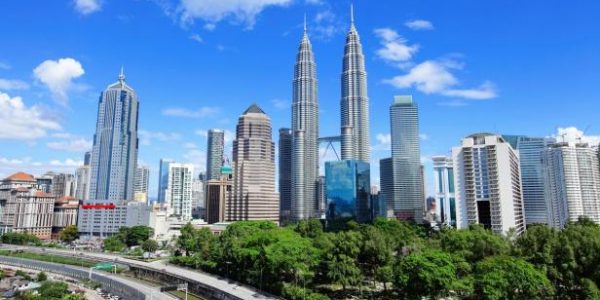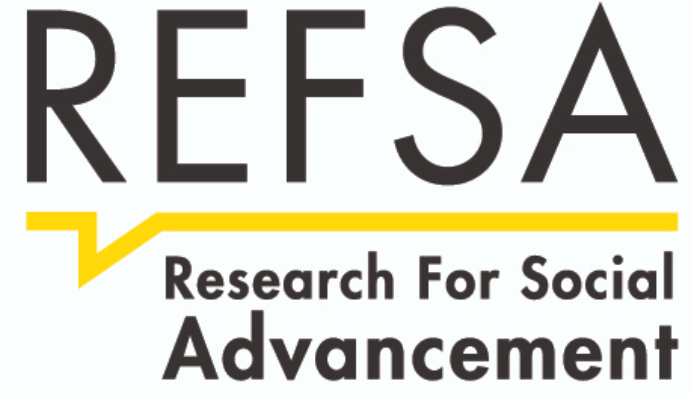COMMENTARY

JUN 1, 2020
Managing a triple crisis in Malaysia
By Ivy Kwek
Ever since the first case of COVID-19 emerged on 25 January, Malaysia has been battling not one, not two, but three crises. Firstly, the public health crisis of combating the pandemic and “flattening the curve”; secondly, the economic recession induced by the lockdown measures; and thirdly, a political crisis unfolding in parallel to the outbreak and resulting in a change of government in late-February.
While Malaysia was embroiled in a political turmoil dubbed Langkah Sheraton (the “Sheraton Move”), which saw the fall of the Pakatan Harapan (Alliance of Hope) government, a tabligh gathering took place with some 16,000 people from across the region. The gathering led to a big cluster of COVID-19 cases, including some overseas. As of 20 May, the tabligh clusters contributed about 3,347 cases, around half of the total cases in Malaysia. Despite this initial oversight in stopping large scale gatherings, Malaysia has in general been quite successful in its pandemic response, not least thanks to the stringent movement control measures in place since 18 March.
Economic crisis
These measures, however, come at a cost. As economic activities grind to a halt, many suffer, especially small business and low-income workers. Many own-account workers, who have been unable to work due to the movement restrictions, rely on government assistance such as the Bantuan Prihatin Nasional cash transfer scheme to sustain their livelihoods. But the monthly payment of RM1,000 (around 200 EUR) for households earning less than RM4,000 (and RM500 for singles earning less than RM2000) was only to last till May. This crisis has shone a light on the economic insecurity of average Malaysians and the lack of social safety nets in the country’s social protection systems.
Workers in the informal sector, which is made up of 10.6 per cent of the workforce (excluding the agriculture sector),are not be able to enjoy the unemployment benefits provided in the stimulus package. A lack of emphasis on wage support also means that many risk losing their jobs, as the wage subsidy programme provided by the government is seen to be insufficient for small businesses to retain staff. It is unclear how much the economy will pick up after the relaxation of the extended movement control order, which is now poised to end on 9 June, with the public having less spending power and global demand for goods most likely still low.
Political crisis
As if that’s not bad enough, the political conundrum has added to the complexity. Even as the pandemic rages, political horse-trading is actively happening in the background. We saw that the Kedah state government fell when two state assembly persons switched sides. The government’s serial appointments of political personalities linked to corporations have also been seen as an attempt to shore up political support from allies. Talks about shifting alignments, rumours of more elected representatives crossing over, and the race to get the majority in parliament (i.e. at least 112 seats) have become an almost daily affair and reveal the divides within the coalition. Other events include a series of leaked recordings, one of which was the internal Pakatan Harapan high-level meeting that preceded the political coup, as well as the dismissal of former Prime Minister Tun Mahathir from his own party. In short, the government led by Prime Minister Muhyiddin Yassin is far from stable; much is still up for grabs.
The unwillingness of the new Perikatan Nasional (National Alliance) government to convene the parliament has in a way restricted its ability to respond. In the only parliamentary session so far, on 18 May, cut short to only half a day, no supplementary bills were passed. This also means that there is no mechanism for checks and balances currently in place to discuss the COVID-19 policies and measures introduced by the government, including the RM260 billion stimulus package. As shown by other countries, the Malaysian parliament could have adopted the practice of virtual conferences or restrict the number of members present in plenary. Instead, all 222 members of parliament were flown into the capital to listen to the royal address and then swiftly dismissed. The short session, it seems, was merely to fulfil a standing order stipulating that not more than 60 days should pass between two sittings of parliament.
More tellingly, the general public has not been upbeat about having a more active parliament in this crisis. Despite some campaign efforts to extend the parliament sitting, a majority seems to perceive it as an unnecessary distraction as the government’s efforts should be focused on crisis management. Clearly, people appear to weigh the importance of parliament as a venue for discussing policies pertaining to the people’s well-being differently. Parliament is often equated to political fanfare and the faith among the wider public in the separation of power between the executive and legislative branches seems limited.
Continued uncertainties
The first half of 2020 has been a triple whammy for Malaysia. With the next parliamentary sitting scheduled for July, the drama is expected to last as politicians on both sides will do all they can to gain support and show they have the majority. Meanwhile, the economic recession will only worsen, with a gloomy global outlook, and there’s every risk that the pandemic will strike again if we let our guard down.
More will need to be done to ensure that the government is held accountable for its policies in handling COVID-19. For one, a bipartisan parliamentary committee should be established to discuss related budgets and policies. The government has also just announced the tabling of a COVID-19 temporary relief bill that will include law amendments to address the economic and health situation. Waiting until July might be a little too late. It is important that Malaysia gets its act together before the new normal becomes too much to handle and that parliament retakes its place as an essential service for the country at this time of crisis.
— Published in Friedrich Ebert Stiftung Asia Blog Series on 1 June 2020.
